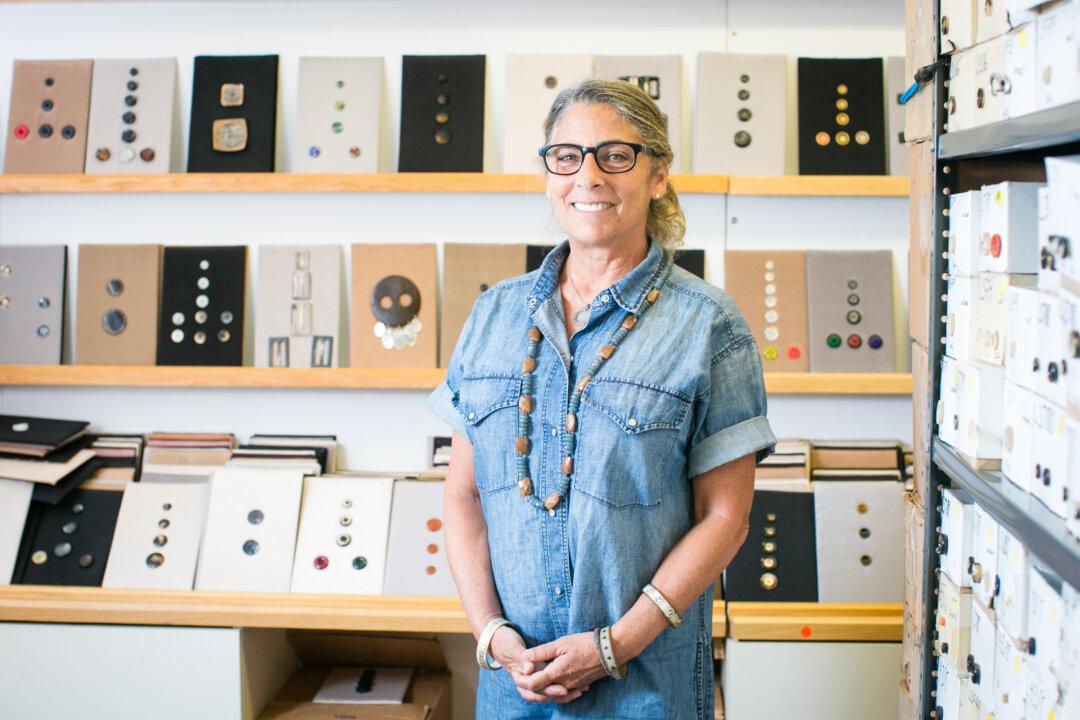As Asia Week New York 2016 (AWNY) begins, dealers, buyers, and Asian art lovers have started converging on New York, where Asian works of art spanning millennia will be shown and bought.
Last year, during the seventh AWNY, sales reached an unprecedented total of $360 million.
This year, from March 10 to 19, four auction houses are holding numerous sales that continue to attract an international audience in terms of both consignment and buyers.
Christie’s, Sotheby’s, Bonhams, and Doyle are holding their sales during Asia Week, while iGavel is holding a viewing of its exhibition Asian, Ancient, and Ethnographic Works of Art with the online auction to follow— March 29–April 19.
Christie’s
Over 700 works are coming on the market via Christie’s like imperial Ming and Qing Dynasty porcelain, gilt-bronze Buddhist sculpture, Chinese furniture and scholar’s objects, and Chinese and Bengal School paintings. The pieces include archaic ritual bronze vessels, jade and hardstone carvings, lacquerware, thangkas, snuff bottles, and more.
The lineup from Christie’s during Asia Week comprises eight sales, and features the Dongxi Studio, the Collection of Guy and Marie-Hélène Weill, the Ian and Susan Wilson Collection, the Lahiri Collection, and Part II of the Ruth and Carl Barron Collection.
The Dongxi Studio collection is a highlight if you are interested in Chinese works. It is a private collection of approximately 69 jade and hardstone carvings, ranging from the Neolithic period to the late Qing Dynasty.
According to Sandhya Jain Patel, Christie’s VP/head of department, Indian, Himalayan, and Southeast Asian art, AWNY attracts a truly international audience in terms of both consignment as well as buyers, both in March and Septmenber.
A good percentage of buyers come from Europe and there are some significant buyers in America. She added, “We are especially starting to see more activity from people who want to eventually bequeath their collections to institutions.”
Buddhist Art
Patel also noticed that in recent years Chinese buyers have expanded their scope beyond Chinese art to buy Buddhist works.
“We do find them buying art from the Himalayas and even from India that pertains to Buddhism,” she said.
In the Indian, Himalayan, and Southeast Asian art markets, Patel has seen a greater emphasis on Buddhist art masterpieces in the last five years.
Buddhist religious art far outweighs other types of religious art in its global appeal. Patel explained some of the reasons for this, “Buddhism, more than a religion, is a philosophy—this idea of doing no harm to others and living your life as best you can, all of these tenets are pan-religious. At the very heart of the matter, the message of Buddhism is a constant throughout the world.”
“Buddhism spread so quickly throughout Asia along the Silk Route, and it has that connection especially in Gandara—it’s the Buddhist philosophy in a Greco-Roman form. And so the propagation of those simple messages is timeless and easy to translate.”
The narratives in Buddhist art are easy to read even if the one is not familiar with the exact religious story behind a work, she added.
Bonhams
Dessa Goddard, head of Asian art, Bonhams North America, points out in the press release that Asia Week serves as the pivotal North American hub for the global collecting community in the field of Asian art.




